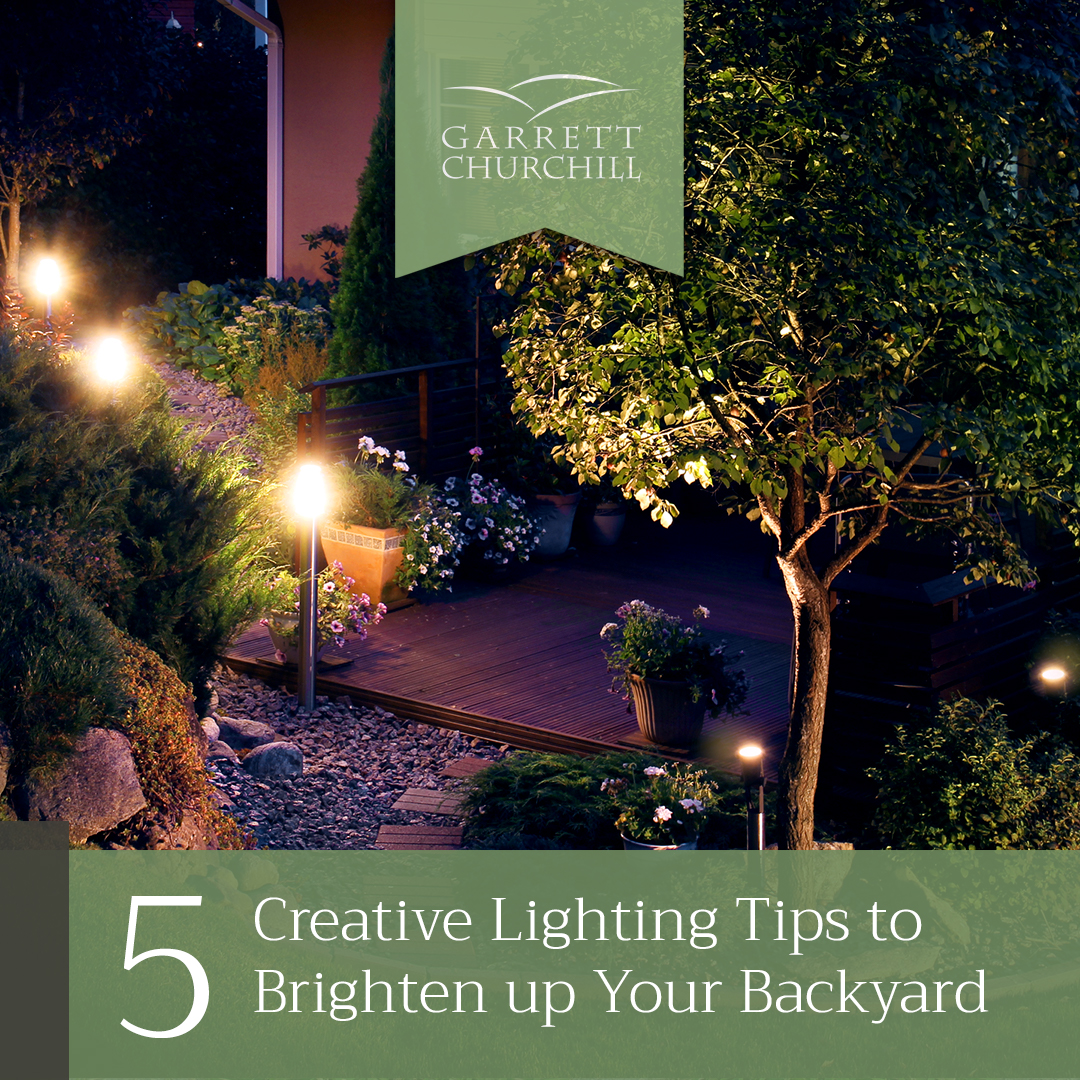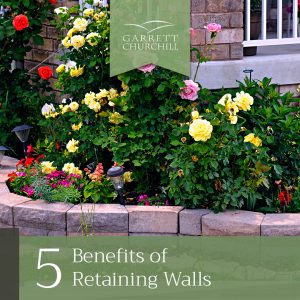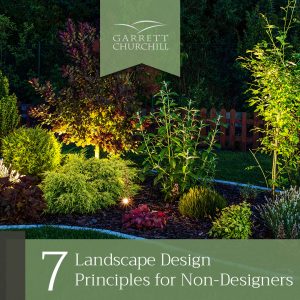5 Creative Lighting Tips to Brighten up Your Backyard
Summer is fast-approaching, and for many of us that means extra time relaxing and entertaining in our backyards. Good food and company aside, proper outdoor lighting can create ambience and enhance the experience. But there are some basic concepts to understand before filling your shopping cart with trendy fixtures.
Lighting is rarely the focal point of a landscape design. Instead, it acts more as an accent to the existing design elements. When planning the type and placement of your outdoor lighting, balance is crucial—you want to be able to see the faces of your friends and family, but you don’t exactly want to put them in the spotlight. You want to walk safely, but you don’t want too much glare or light pollution. Read on for five creative lighting tips to brighten up your backyard.
Know Your Lighting
Both indoor and outdoor lighting is typically divided into three categories:
- Overall Lighting
Also called ambient lighting, overall lighting is the main source of light for the space. Examples of overall lighting include hanging lights, wall lights, and post lights.
- Task Lighting
Task lighting is used for a specific purpose—or task. For example, lights intended to illuminate a walking path, or motion sensor security lights.
- Accent Lighting
Accent lighting is used to accentuate a certain area or focal point, often for a more decorative purpose. String lights, lanterns, and candles are all examples of accent lighting.
Be intentional when planning and choosing your light fixtures, keeping in mind that a little bit of light can go a long way.
Choose the Right Bulbs
Not all light fixtures are created equal, and some areas may require more illumination than others.
Bulb options for outdoor lighting fixtures include:
- Incandescent bulbs
Incandescent bulbs are considered the classic light bulb. While the lighting tends to be rather agreeable, incandescent bulbs have a relatively short life span; they also use more energy than other options.
- Halogen bulbs
An energy-efficient version of incandescent bulbs, halogens are comparable in terms of lighting but last longer and consume less energy.
- LED bulbs
After years of price reductions, LED bulbs have become the industry standard for low voltage lighting. LED offers a wide kelvin range of varying light colors that were not previously available with halogen. Use LEDs to create spotlights by purchasing lamps with varying outputs and beam spreads to create the effects that you envision.
Less is More
There’s a reason why dinner by candlelight has such a positive association. Subtle, soft lighting tends to create a calming, relaxing environment. Turning your backyard into a restful oasis can be as simple as implementing strategic, creative lighting.
Be sure to choose the right type of bulbs depending on the overall ambience you’re working toward. For example, if you’re going for a relaxing, calming atmosphere, you’ll probably want to steer clear of too many harsh, bright lights.
You can also opt for lights that can be brightened and dimmed as needed, depending on the needs of the environment.
The Power of Perspective
Before you begin installing new light fixtures throughout your yard, consider how it will look from inside your house. Which areas are already illuminated by indoor lights seeping out through the windows?
Consider your neighbors’ lighting elements, too. As we’ve mentioned, a little bit of light can go a long way—this means that your neighbor’s decorative lanterns may inadvertently illuminate parts of your yard, and vice versa.
Proper light positioning is important in order to prevent issues such as glare and light pollution. It can also help you cut down on unwanted shadows. Be intentional about where lights are aimed and use reflectors or shields to keep lighting focused to a specific area.
Choose Your Focal Points
Illuminate practical outdoor areas including walking paths, driveways), entryways, steps, decks, and patios. Create stunning effects with strategic lighting placement, such as silhouetting and wall-washing. You can also highlight design features, such as gazebos, wall fixtures, water features, and plants for an additional wow factor.
If you’re planning an upcoming project and would like professional design support to execute your vision, check out our recent post on qualities to look for in a landscaping company.





